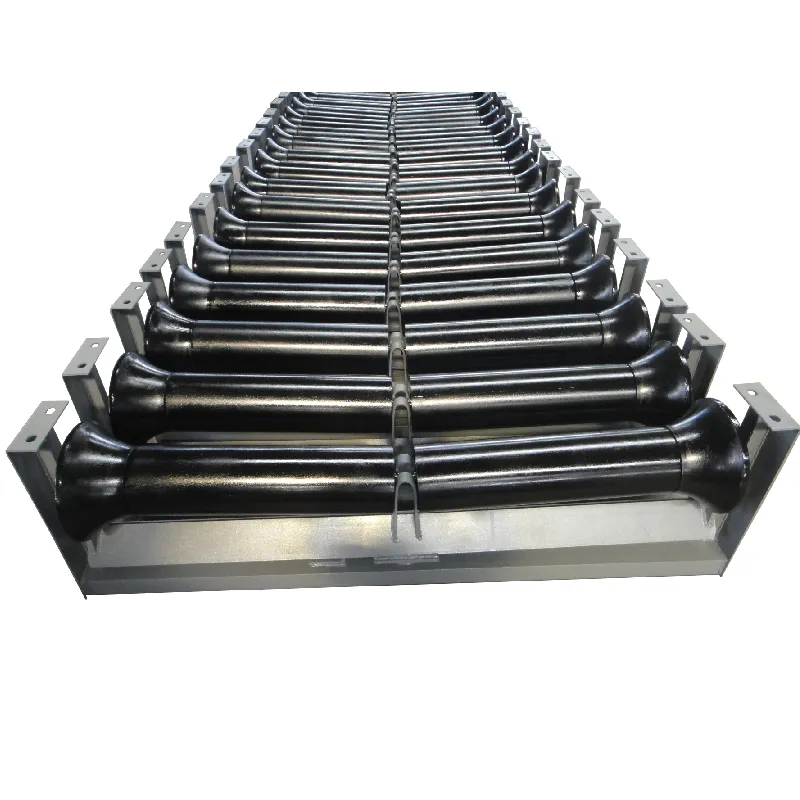 Afrikaans
Afrikaans  Albanian
Albanian  Amharic
Amharic  Arabic
Arabic  Armenian
Armenian  Azerbaijani
Azerbaijani  Basque
Basque  Belarusian
Belarusian  Bengali
Bengali  Bosnian
Bosnian  Bulgarian
Bulgarian  Catalan
Catalan  Cebuano
Cebuano  Corsican
Corsican  Croatian
Croatian  Czech
Czech  Danish
Danish  Dutch
Dutch  English
English  Esperanto
Esperanto  Estonian
Estonian  Finnish
Finnish  French
French  Frisian
Frisian  Galician
Galician  Georgian
Georgian  German
German  Greek
Greek  Gujarati
Gujarati  Haitian Creole
Haitian Creole  hausa
hausa  hawaiian
hawaiian  Hebrew
Hebrew  Hindi
Hindi  Miao
Miao  Hungarian
Hungarian  Icelandic
Icelandic  igbo
igbo  Indonesian
Indonesian  irish
irish  Italian
Italian  Japanese
Japanese  Javanese
Javanese  Kannada
Kannada  kazakh
kazakh  Khmer
Khmer  Rwandese
Rwandese  Korean
Korean  Kurdish
Kurdish  Kyrgyz
Kyrgyz  Lao
Lao  Latin
Latin  Latvian
Latvian  Lithuanian
Lithuanian  Luxembourgish
Luxembourgish  Macedonian
Macedonian  Malgashi
Malgashi  Malay
Malay  Malayalam
Malayalam  Maltese
Maltese  Maori
Maori  Marathi
Marathi  Mongolian
Mongolian  Myanmar
Myanmar  Nepali
Nepali  Norwegian
Norwegian  Norwegian
Norwegian  Occitan
Occitan  Pashto
Pashto  Persian
Persian  Polish
Polish  Portuguese
Portuguese  Punjabi
Punjabi  Romanian
Romanian  Russian
Russian  Samoan
Samoan  Scottish Gaelic
Scottish Gaelic  Serbian
Serbian  Sesotho
Sesotho  Shona
Shona  Sindhi
Sindhi  Sinhala
Sinhala  Slovak
Slovak  Slovenian
Slovenian  Somali
Somali  Spanish
Spanish  Sundanese
Sundanese  Swahili
Swahili  Swedish
Swedish  Tagalog
Tagalog  Tajik
Tajik  Tamil
Tamil  Tatar
Tatar  Telugu
Telugu  Thai
Thai  Turkish
Turkish  Turkmen
Turkmen  Ukrainian
Ukrainian  Urdu
Urdu  Uighur
Uighur  Uzbek
Uzbek  Vietnamese
Vietnamese  Welsh
Welsh  Bantu
Bantu  Yiddish
Yiddish  Yoruba
Yoruba  Zulu
Zulu Understanding Head Pulley Mechanics and Applications in Modern Engineering
The Importance of Head Pulleys in Conveyor Systems
In various industrial settings, the efficiency of material handling systems plays a crucial role in operational productivity. One critical component that significantly contributes to the overall functionality of these systems is the head pulley. This article will explore the essential functions of head pulleys, their design characteristics, and their implications for efficiency and safety in conveyor systems.
Understanding Head Pulleys
A head pulley is positioned at the discharge end of a conveyor system, acting as a crucial mechanism for the movement and direction of conveyed materials. Typically mounted on a horizontal or inclined plane, the head pulley works in tandem with the conveyor belt, ensuring the seamless transportation of materials from one location to another.
Head pulleys can be classified into two main categories drive pulleys and non-drive pulleys. Drive pulleys are powered, providing the necessary force to move the conveyor belt, while non-drive pulleys serve primarily to redirect the belt and support its weight.
Design Characteristics
The design of a head pulley is vital to the efficiency and longevity of the conveyor system. Key considerations in the design process include the diameter, material, and surface finish of the pulley.
1. Diameter Generally, the diameter of a head pulley affects its ability to drive the belt effectively. A larger diameter pulley can improve the belt's performance by reducing wear and tear over time, thereby enhancing the system's overall reliability.
2. Material Head pulleys are typically made from materials that offer a good blend of strength, durability, and resistance to wear. Common materials include steel and rubber, which can withstand the harsh conditions often present in industrial environments. The choice of material also impacts the head pulley’s traction and grip on the conveyor belt.
3. Surface Finish The surface finish of a head pulley is critical to its ability to grip the conveyor belt effectively. Smooth finishes can lead to slippage, while textured or rubberized surfaces enhance friction, minimizing the risk of material loss during transport.
head pulley

Functional Role in Conveying Systems
The head pulley serves multiple functions within a conveyor system
1. Material Discharge The primary function of the head pulley is to facilitate the discharge of materials at the end of the conveyor. As the belt moves, bulk materials are conveyed and then released as they pass over the head pulley.
2. Belt Tensioning Proper tensioning of the belt is essential for maintaining its functionality. The head pulley helps maintain the tension by creating a uniform distribution of forces along the conveyor system, preventing slippage and ensuring optimal performance.
3. Change of Direction Head pulleys assist in changing the direction of the conveyor belt, which is essential for complex conveyor layouts. This helps in efficiently routing materials throughout a facility.
Implications for Efficiency and Safety
The efficiency of head pulleys directly impacts the overall operations of conveyor systems. An optimally functioning head pulley enables smooth material flow, reducing downtime and bottlenecks. This efficiency translates into cost savings for businesses, enhancing their productivity and profit margins.
Moreover, safety is a paramount concern in industrial operations. Well-designed head pulleys contribute to the safety of conveyor systems by reducing the risk of accidents related to belt slippage or material spillage. Moreover, using pulleys with the appropriate diameter and material ensures that the system operates within its designed parameters, further enhancing workplace safety.
Conclusion
In conclusion, head pulleys are critical components of conveyor systems that play a significant role in material handling efficiency and safety. Their design characteristics, functional roles, and implications for operational performance highlight their importance in various industrial applications. As industries continue to evolve, the focus on improving head pulley design and functionality will remain paramount in enhancing the overall efficiency and safety of conveyor systems. Understanding these components can provide valuable insights into optimizing material handling processes, ensuring that industries operate smoothly and effectively.
-
Revolutionizing Conveyor Reliability with Advanced Rubber Lagging PulleysNewsJul.22,2025
-
Powering Precision and Durability with Expert Manufacturers of Conveyor ComponentsNewsJul.22,2025
-
Optimizing Conveyor Systems with Advanced Conveyor AccessoriesNewsJul.22,2025
-
Maximize Conveyor Efficiency with Quality Conveyor Idler PulleysNewsJul.22,2025
-
Future-Proof Your Conveyor System with High-Performance Polyurethane RollerNewsJul.22,2025
-
Driving Efficiency Forward with Quality Idlers and RollersNewsJul.22,2025





























